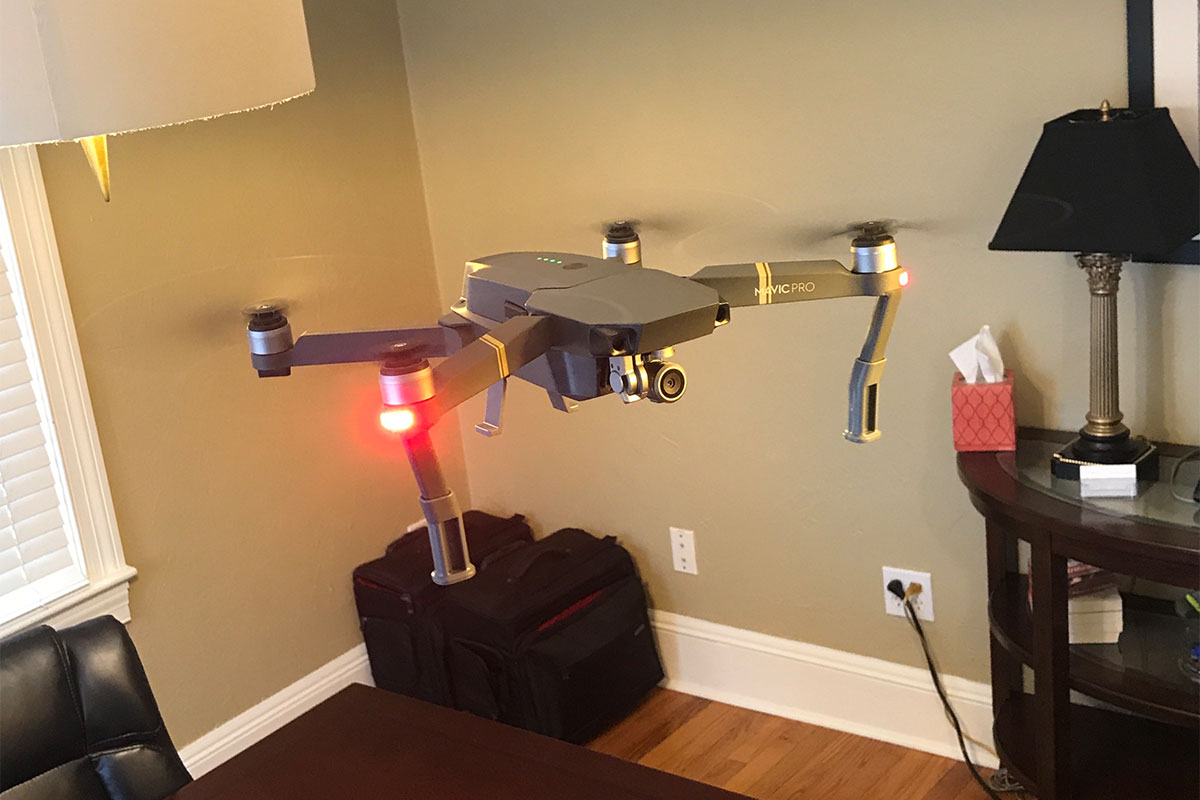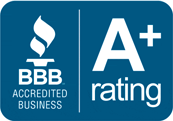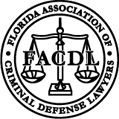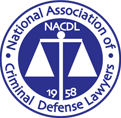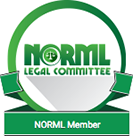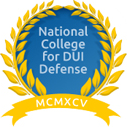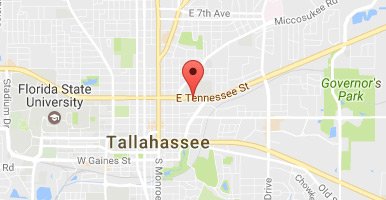- DUI
- Criminal Defense
- Florida DUI
- Traffic Offenses
- Drug Charges
- Marijuana Charges
- Violent Crimes
- Domestic Violence
- Temporary Injunctions
- Weapons Charges
- Theft Crimes
- White Collar Crime
- Juvenile Offenses
- Sex Crimes
- Violation of Probation
- Early Termination of Probation
- Seal or Expunge Criminal Record
- Criminal Appeals
- US Federal Offenses
- Misdemeanor Charges
- Felony Charges
- Co-Defendant Cases
- College Student Defense
- College Student Hearings
- FSU Students
- FAMU Students
- Florida Panhandle Arrests
- Extradition to Florida
- Bench Warrants / Warrants
- Emergency Bond Hearings
- Gambling Charges
- Drone Arrests
- Marsy’s Law
- UAS Infractions
- Introduction of Contraband
- Lying to Police
- Locations
- Case Results
- Our Firm
- Media
- Resources
- Blog
- Contact Us
Flying a Large Drone (over 55 pounds)
December 2, 2017 Don Pumphrey, Jr. Drone Law Drone law, Drone Regulations Social Share
Note: We have been contacted by readers that this article incorrectly states the registration requirement is mandatory. The phrase has been clarified within the article, but this was not what the article was stating, nor is it entirely correct. FAA registration of a UAS IS mandatary unless you qualify as a model aircraft, the Taylor decision this summer ruled that the FAA cannot regulate model aircraft at all. If you are flying for ANY compensation, the FAA can create rules, and the registration rule is still very much in effect. The requirements to qualify as a model aircraft do require conforming with AMA rules, it is still recommended you register, even if flying for fun, as any accident could theoretically result in fines from failure to register if it’s deemed you were not following AMA guidelines.
Drones, or Unmanned Aerial Systems (UAS) come in a variety of shapes and sizes, but the vast majority are small quadcopters, weighing only a few pounds. Any UAS over .55 pounds is regulated by the FAA, and any of these standard drones, under 55 pounds are considered Small UASs (sUAS). A minority though are over 55 pounds and do not hold the title “small” they also require a whole separate set of rules. With an estimated 5 million UASs in the skies at the end of this year, the number that are larger is going to increase.[1]
These large UASs have very specialized uses, such as: hypothetical package delivery (if the FAA ever allows use of drones not in line-of-sight), crop dusting, firefighting, light detection and ranging (LIDAR) of crops, cinematography, surveying, mapping, complex reconstruction, and search and rescue.[2] This list of uses is only going to increase as time goes on. The FAA will likely be pressured into issuing a rule – similar to Part 107 – which will regulate commercial uses of these large drones.
Until that time comes, those who wish to fly large drones have two options, you can do so as a hobbyist, or apply for a 333 exemption. It’s unlikely that anyone is going to fly a drone of this size for “fun,” so a 333 exemption is mandatory as long as there is ANY compensation. Two things must be taken care of before a 333 exemption is applied for. First, the FAA registration requirement is mandatory, if you decided not to register while flying as a hobbyist, definitely do so before receiving any compensation with a large UAS. Second, the Pilot in Command (PIC) must be a licensed FAA pilot (at minimum sport or recreational).
Once you have both of these things, you are ready to begin the tedious process of applying for a 333 exemption. It is recommended that you seek the help of an attorney qualified in the submission of 333 exemptions. Our drone attorneys are prepared to create and submit the petition for you, call our office any time at 850/681-7777 to set a free consultation.
This process should take roughly 60 days, but can take up to 6 months, so make sure you begin far in advance of needing UAS use. Once you have a 333 exemption, the blanket rules are very similar to small UAS commercial flights:
- Operators must meet general aviation requirements of airspace classification they are operating in, this will usually restricted use to Class G airspace
- When operating in the vicinity of an airport without an operating control tower, announce operations in accordance with the FAA Aeronautical Information Manual (AIM) 4-1-9.
- A distant (D) NOTAM must be issued when unmanned aircraft operations are being conducted. This requirement may be accomplished:
- Through the operator’s local base operations or NOTAM issuing authority, or
- By contacting the NOTAM Flight Service Station at 1-877-4-US-NTMS (1-877-487-6867) not more than 72 hours in advance, but not less than 24 hours prior to the operation, unless otherwise authorized as a special provision. The issuing agency will require the:
(1) Name and address of the pilot filing the NOTAM request
(2) Location, altitude, or operating area
(3) Time and nature of the activity.
(4) Number of UAS flying in the operating area.
- Must keep the aircraft in sight (visual line-of-sight)
- Must fly under 400 feet
- BUT, up to 400 above any building, as long as you are 400 feet or less from it laterally
- Must fly during the day
- Cannot fly more than 30 minutes after sunset or before sunrise
- Must yield right of way to manned aircraft
- Various other rules found here.
All of the above rules CAN be waived through a formal Air Traffic Organization (ATO) Certificate of Waiver or Authorization (COA) or within the 333 exemption petition both through the FAA. The following will not be waived under any circumstances:
- The PIC must be in control the entire flight
- The PIC must be sober, you cannot have any drugs or alcohol that would impair your ability to fly safely, a blood alcohol level over .04% is a violation
- No waiver can be issued to allow the carriage of property of another by aircraft for compensation or hire
- Line-of-sight must be kept at all times
- PIC must hold at minimum a sport or recreational license for manned aircraft
The final step is to make sure you follow the laws in your state, many states have drone regulations in place which further control business uses.
If you have any questions about how to legally fly a drone that’s larger than 55 pounds in your state, contact a qualified attorney who can help you. Our attorneys are experienced in Florida Drone Law, and have processed multiple 333 exemption petitions. If you are cited by the FAA for unlawful UAS use, or need to obtain a 333 exemption, it is highly advisable to consult with a qualified attorney before addressing either. Call our office any time at 850/681-7777 to set a free consultation.
[1] Federal Aviation Administration, FAA Aerospace Forecast: Fiscal Years 2016-2036 31 (2016),
[2] Jonathan Rupprecht, Ultimate Guide to the FAA’s Part 107, Rupprect L., https://jrupprechtlaw.com/faas-new-far-part-107-drone-operators-need-know.
(Note: We have been contacted by readers lately asking for clarification on the registration requirement. The registration requirement is now MANDATORY for all UAS operators, both hobby and commercial. For some background on why there is a question, check out the Taylor decision from this summer, which ruled that the FAA cannot regulate model aircraft at all. On December 12, 2017, the National Defense Authorization Act for Fiscal Year 2018 became law*. This bill reinstated the drone/UAS registration requirement that was struck down in Taylor when flying as a model aircraft. Pumphrey Law has always recommended registration, believing it is better safe than sorry. Now hobbyists can be directly fined by the FAA for failing to register.
* Sect. 1092. COLLABORATION BETWEEN FEDERAL AVIATION ADMINISTRATION AND DEPARTMENT OF DEFENSE ON UNMANNED AIRCRAFT SYSTEMS.
“(d) Restoration Of Rules For Registration And Marking Of Unmanned Aircraft.—The rules adopted by the Administrator of the Federal Aviation Administration in the matter of registration and marking requirements for small unmanned aircraft (FAA-2015-7396; published on December 16, 2015) that were vacated by the United States Court of Appeals for the District of Columbia Circuit in Taylor v. Huerta (No. 15-1495; decided on May 19, 2017) shall be restored to effect on the date of enactment of this Act.”)
Article Written By:

J Brent Marshall, Florida State University College of Law and Pumphrey Law, Law Clerk

